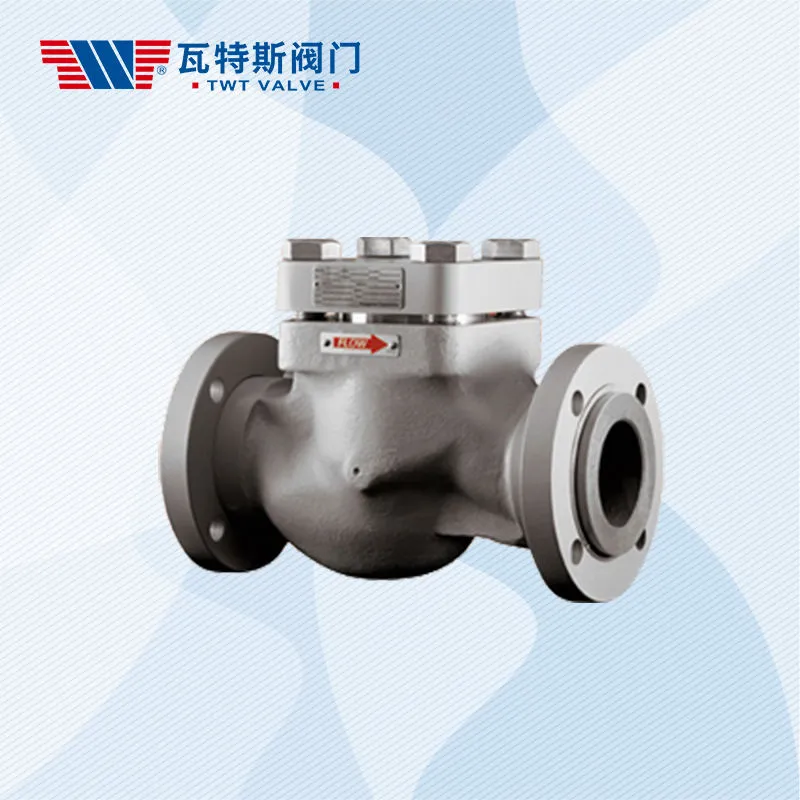When selecting a China lift check valve, here are some factors that you should consider:
- Application: Consider the application and the type of fluid that will be flowing through the valve. You should also consider the pressure and temperature of the fluid.
- Material: Choose a valve made from a material that is compatible with the fluid that will be flowing through it. Common materials used in China lift check valves include stainless steel, carbon steel, brass, and bronze.
- Size: Ensure that the valve size is appropriate for the pipe size.
- Pressure rating: Choose a valve with a pressure rating that matches the pressure of the system.
- Installation: Consider the installation requirements of the valve and ensure that it is installed correctly.
- Flow direction: Check the flow direction of the valve and ensure that it is installed in the correct orientation.
- Brand and supplier: Consider the reputation of the brand and the supplier, and ensure that they provide good customer service and after-sales support.
Overall, it’s essential to choose a high-quality China lift check valve that is appropriate for your specific application to ensure optimal performance and reliability.
How To Control Your lift check valve?
Controlling a lift check valve involves ensuring that the valve is functioning properly, and taking appropriate measures if it is not.
Here are some steps to control your lift check valve:
- Regular Maintenance: Conduct regular maintenance checks on the valve to ensure that it is functioning properly. This can involve checking the valve for any signs of wear and tear, inspecting the valve’s internal components, and checking the valve’s settings.
- Proper Installation: Ensure that the valve is installed properly, and that all connections are tight and secure. This will help to prevent leaks and ensure that the valve is functioning optimally.
- Adjust Settings: Some lift check valves have adjustable settings that can be used to control the valve’s performance. For example, china lift check valve you may be able to adjust the valve’s opening pressure or flow rate. Follow the manufacturer’s instructions for adjusting these settings.
- Monitor Performance: Regularly monitor the valve’s performance to ensure that it is functioning properly. This can involve checking for leaks, monitoring pressure and flow rates, and observing the valve’s behavior under different operating conditions.
- Troubleshoot Issues: If you notice any issues with the valve’s performance, take appropriate measures to troubleshoot the problem. This may involve adjusting settings, replacing damaged components, or contacting a professional for assistance.
By following these steps, you can ensure that your lift check valve is functioning properly and is providing reliable performance.
